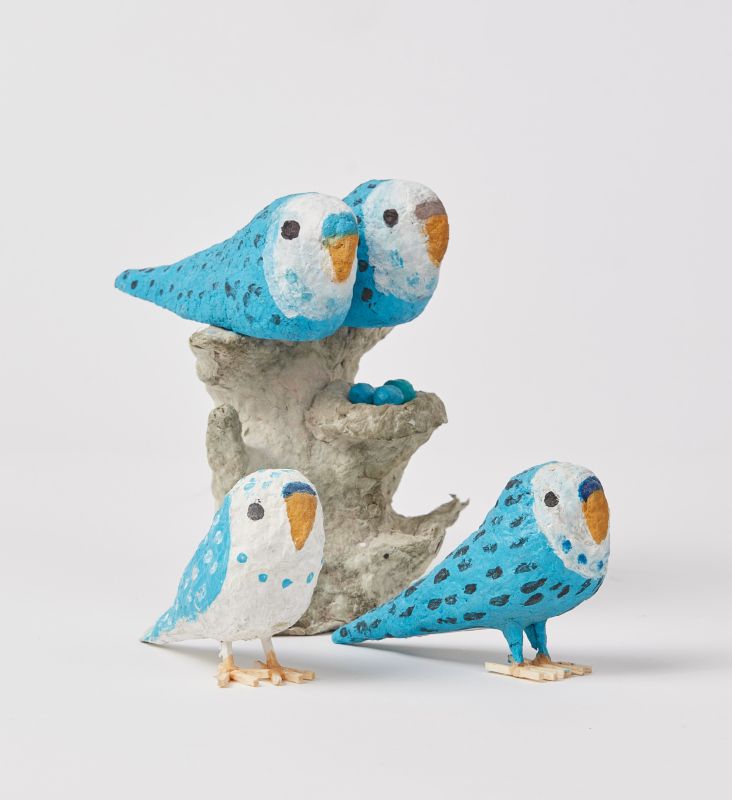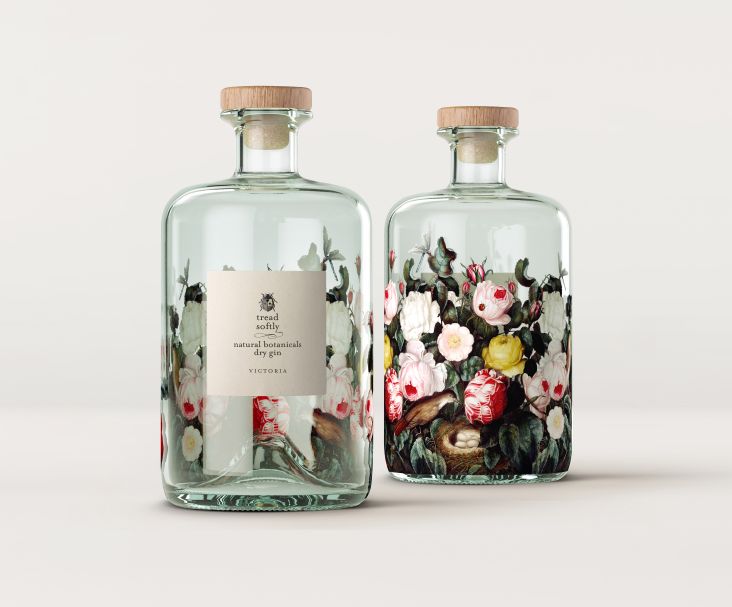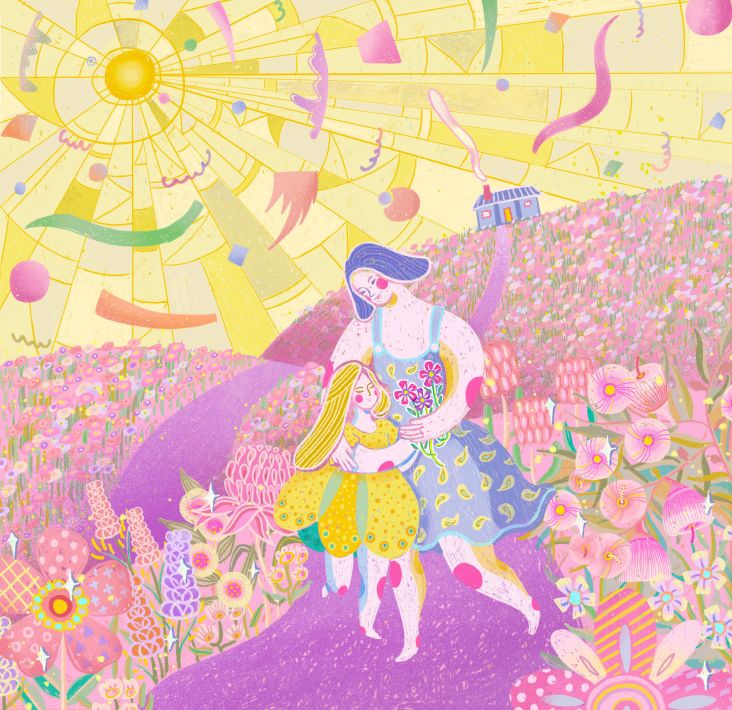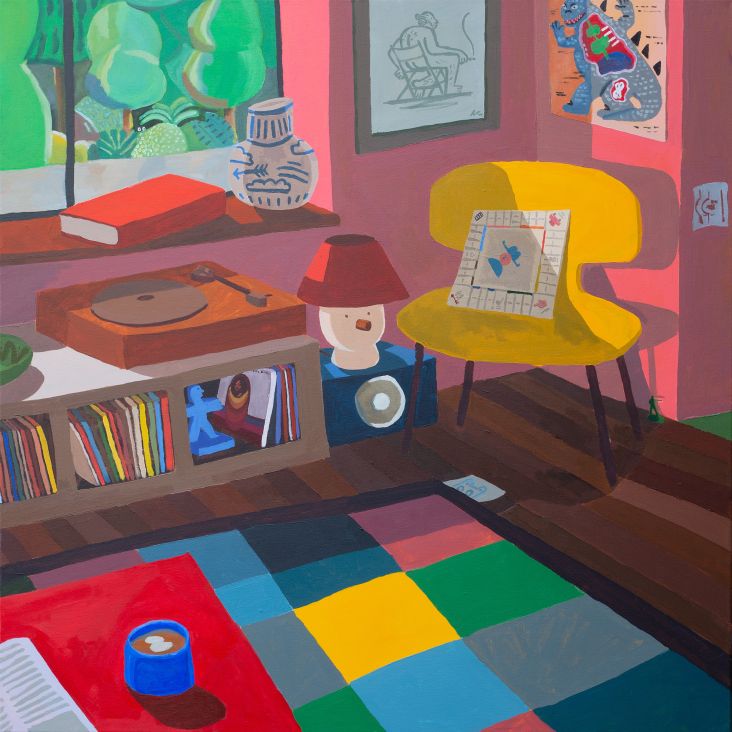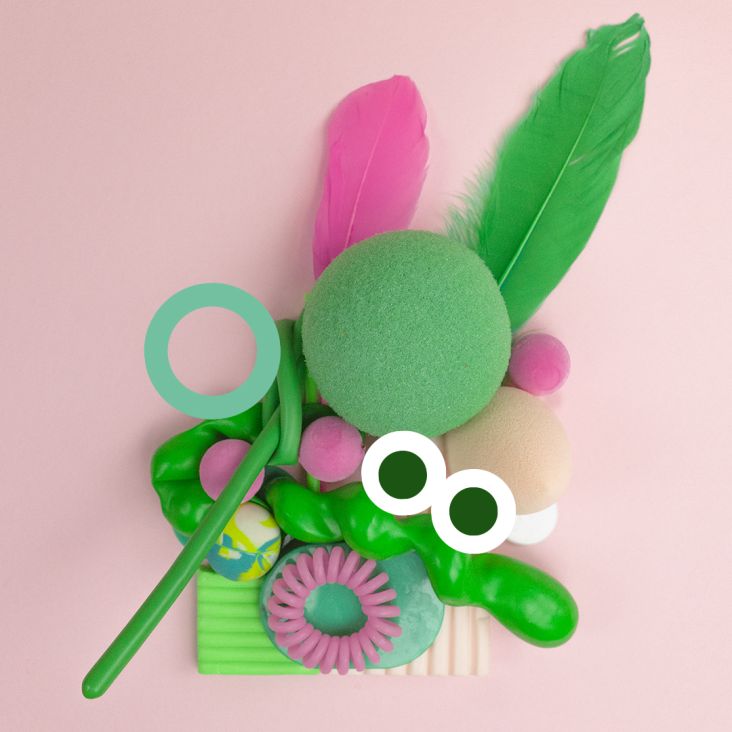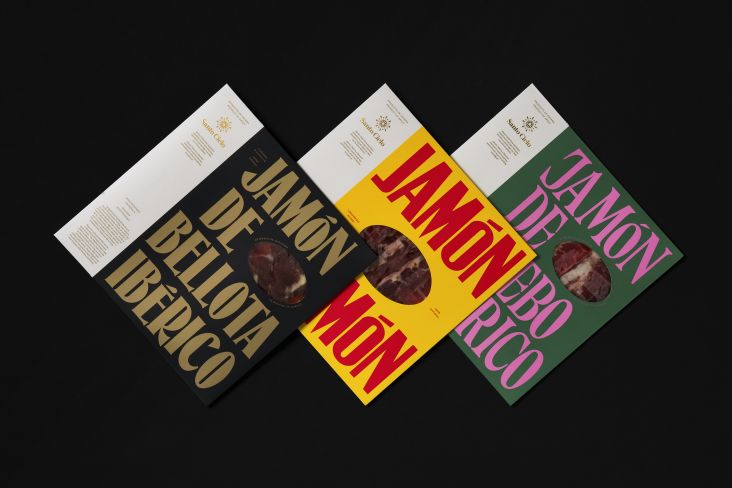From Whitney to Trump to cruise liners: nothing with Thomas Demand is as it seems
Nothing in Thomas Demand's worlds is as it seems. The veneer of reality becomes quite literally paper-thin in his images, each one a photograph of a carefully staged, paper sculpture reconstruction of a scene or moment, preserved by the camera then discarded.
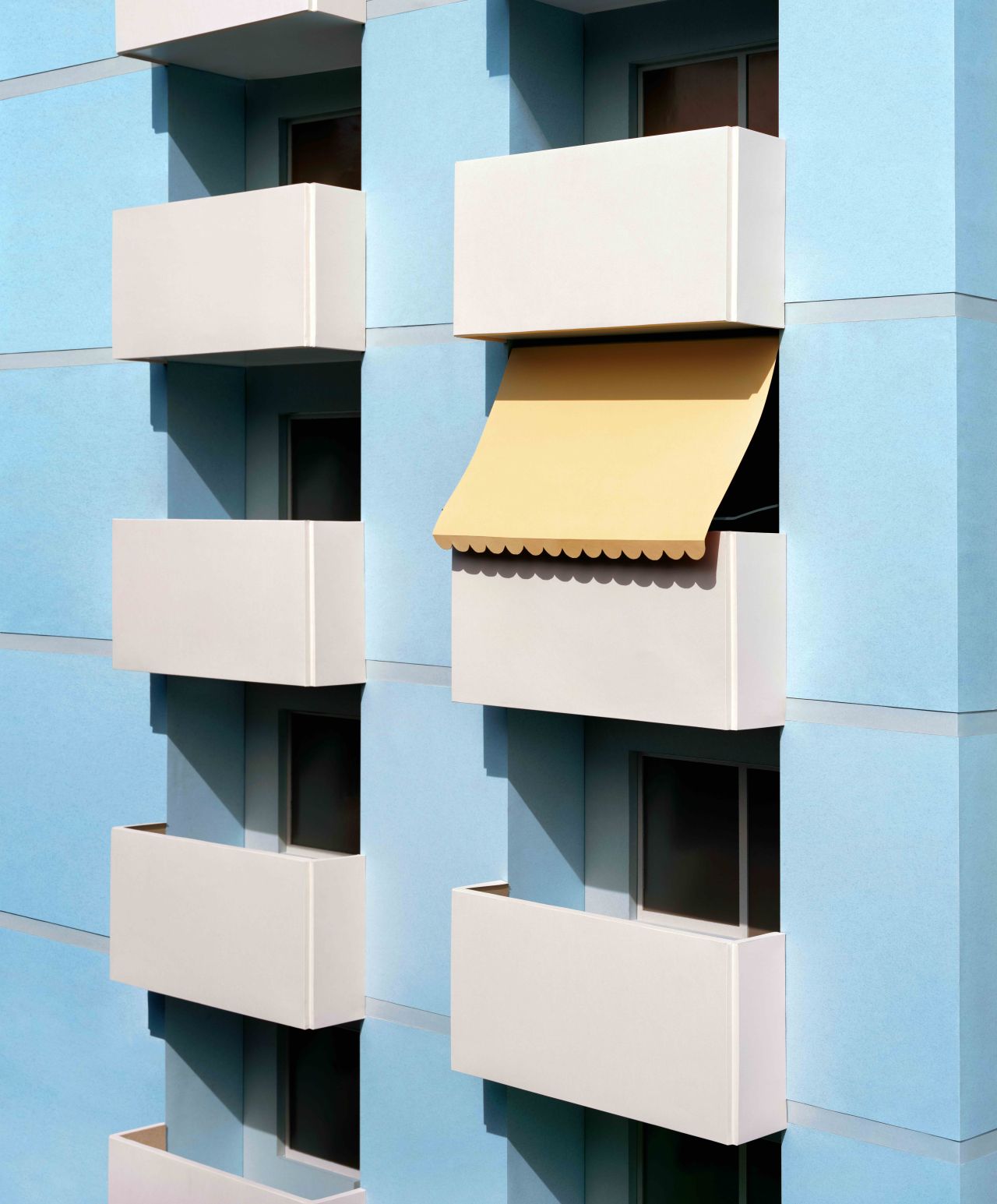
Thomas Demand, Markise/Canopy, 2020. Centro Botín © Thomas Demand, VG Bild-Kunst, Bonn / VEGAP, Madrid
Demand's work is currently being celebrated in a superb show at the Centro Botín contemporary art centre in Santander, Spain, titled Mundo De Papel and running until 6 March 2022. The show presents photographs and video works that span 1996 to his most recent 2021 pieces.
The German artist's simulations are staged in another simulation since the exhibition design is based on the idea of a constructed urban landscape of sorts within the gallery walls.
Demand designed the show as a series of eight pavilions surrounded by wallpaper installations. Each pavilion hangs from the ceiling, serving as a display unit and a metaphor. The way they hang means they have a wooziness about them and a sense of fragility, a deliberate nod to the collective strangeness we all feel in the wake of Covid, and a new sense of underlying uncertainty that now pervades. The structures act as refuges, but flimsy ones – just as home perhaps proved a flimsy refuge during the pandemic. These structures hang suspended in the air just like our lives have been suspended.
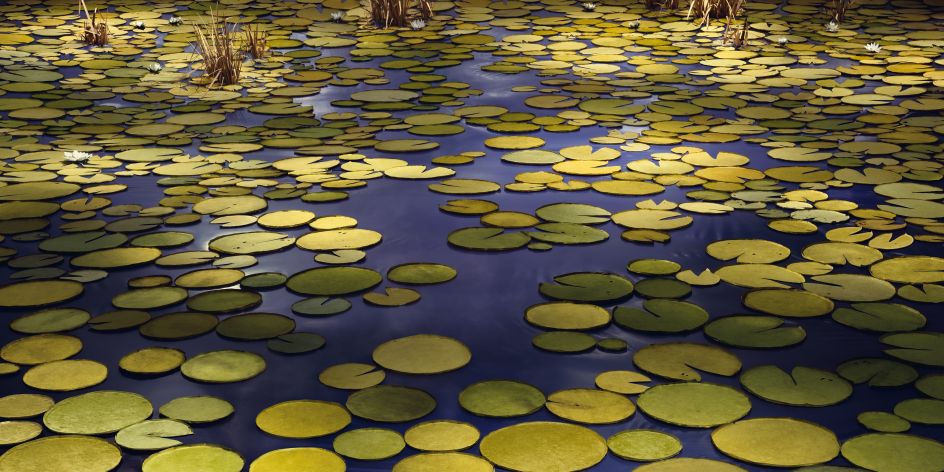
Thomas Demand, Pond, 2020. Centro Botín © Thomas Demand, VG Bild-Kunst, Bonn / VEGAP, Madrid
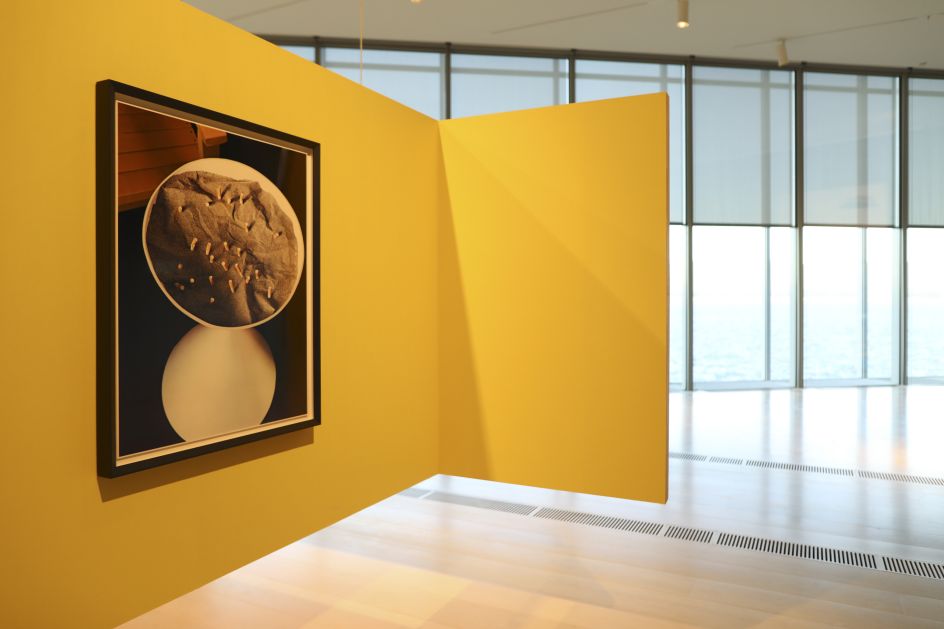
Thomas Demand: Mundo de Papel. Centro Botín, Installation view. Photo: Belen de Benito
It's clever in that conceptual sense and in the more straightforward way that the gallery's interior reflects the striking exterior of the Centro Botín's Renzo Piano architecture. The museum's buildings appear to sit on teetering structures (thanks to the transparent design of the bottom floor), meaning the museum gets lost in the trees and is almost totally invisible when viewed from the streets of Santander across the road. It becomes part of the park, a monument within it until you're inside when it becomes something else entirely. Likewise, the wooden structures in the gallery are hanging in space, working to simultaneously obscure and reveal the artworks within.
The artist has said he was struck by the park outside the museum, describing it as "a highly artificial creation - probably the peak of cultural artificiality". He compares it to the way that Monet created his own park with its own pond of water lilies to paint "nature." Fittingly, Demand's show opens with his own version of the waterlilies, given yet another layer of artificiality through its replication in paper and acting as an invitation of sorts, a welcome, and an intimation that nothing is ever really as it seems.
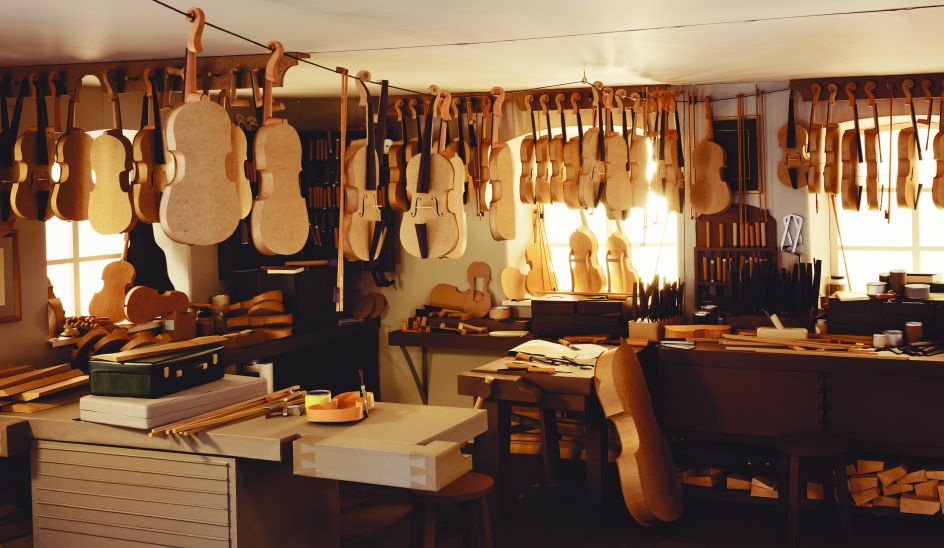
Thomas Demand, Werkstatt / Workshop, 2017. Centro Botín © Thomas Demand, VG Bild-Kunst, Bonn / VEGAP, Madrid
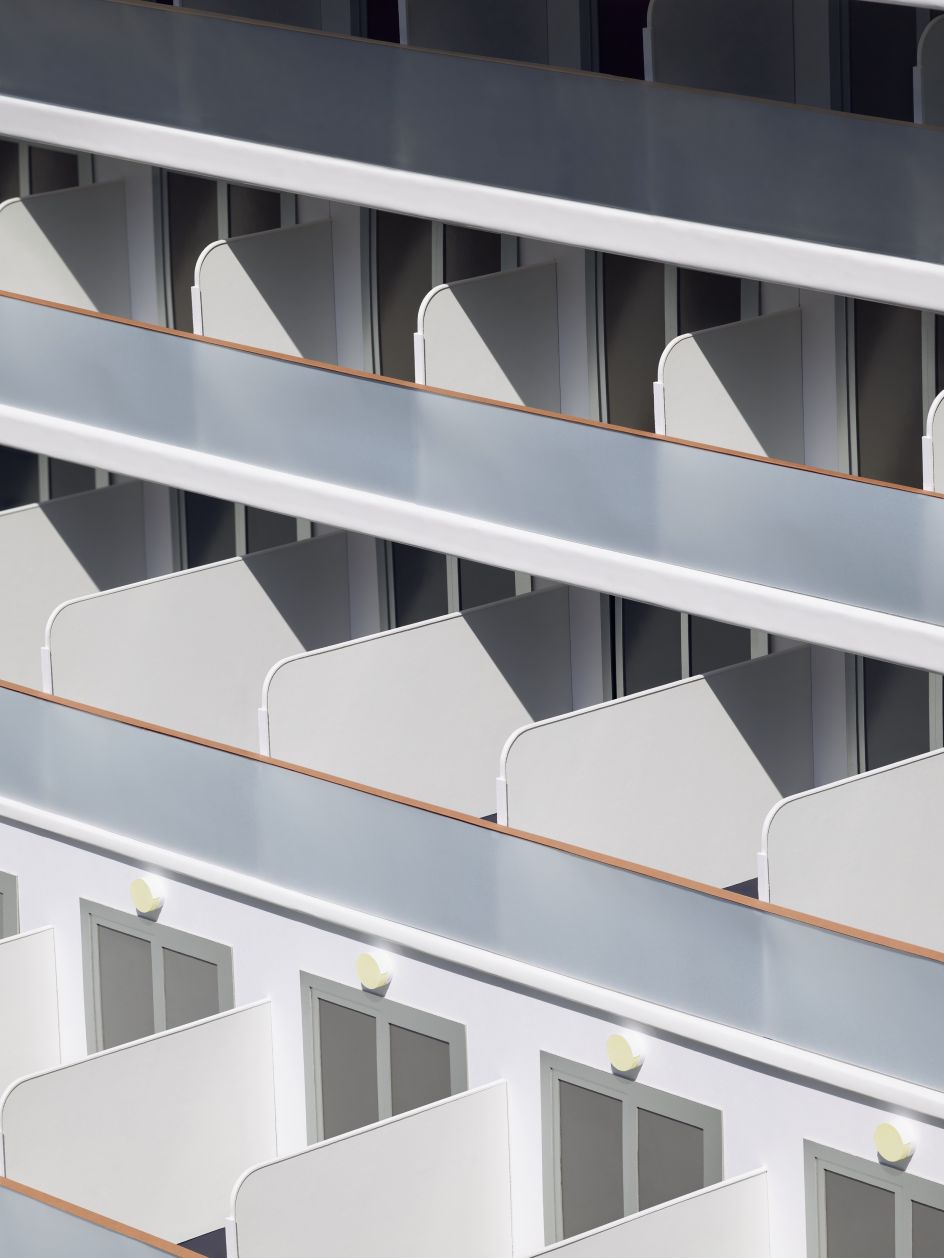
Thomas Demand, Princess, 2021. Centro Botín © Thomas Demand, VG Bild-Kunst, Bonn / VEGAP, Madrid
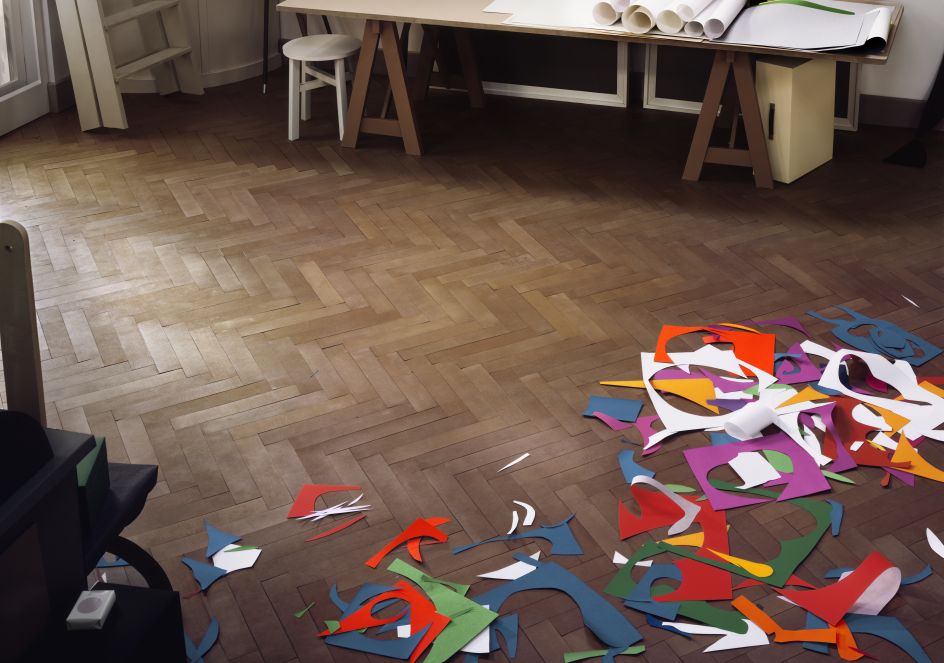
Thomas Demand, Atelier, 2014. Centro Botín © Thomas Demand, VG Bild-Kunst, Bonn / VEGAP, Madrid
All of Demand's paper sculptures are created to scale – a mind-blowing undertaking when you consider that his subjects include Whitney Houston's last meal at the Beverly Hilton Hotel; the interior of the Diamond Princess, the cruise ship stranded in quarantine as Covid-19 spread across its passengers; a workshop for hand-crafted wooden violins; and the control room at Fukushima's nuclear power plant.
One of the standout pieces is the 2012 video work Pacific Sun, a 100-second animated film based on a YouTube clip of the interior of the titular cruise ship during a violent storm. Demand painstakingly recreated the movements of each item in the room: the chairs and tables sliding up and down, drinks and ice splashing from the bar, objects taking on their own seasicknesses – and recorded each shift in a single frame. Demand describes these movements as "a beautiful choreography," a viewpoint his video captures beautifully in its surreal, unpeopled neutrality. In a nod to the process used by Disney animators in the 1920s, Demand created the video using stop motion animation at 24 frames per second – ultimately using a total of 2,400 individual frames.
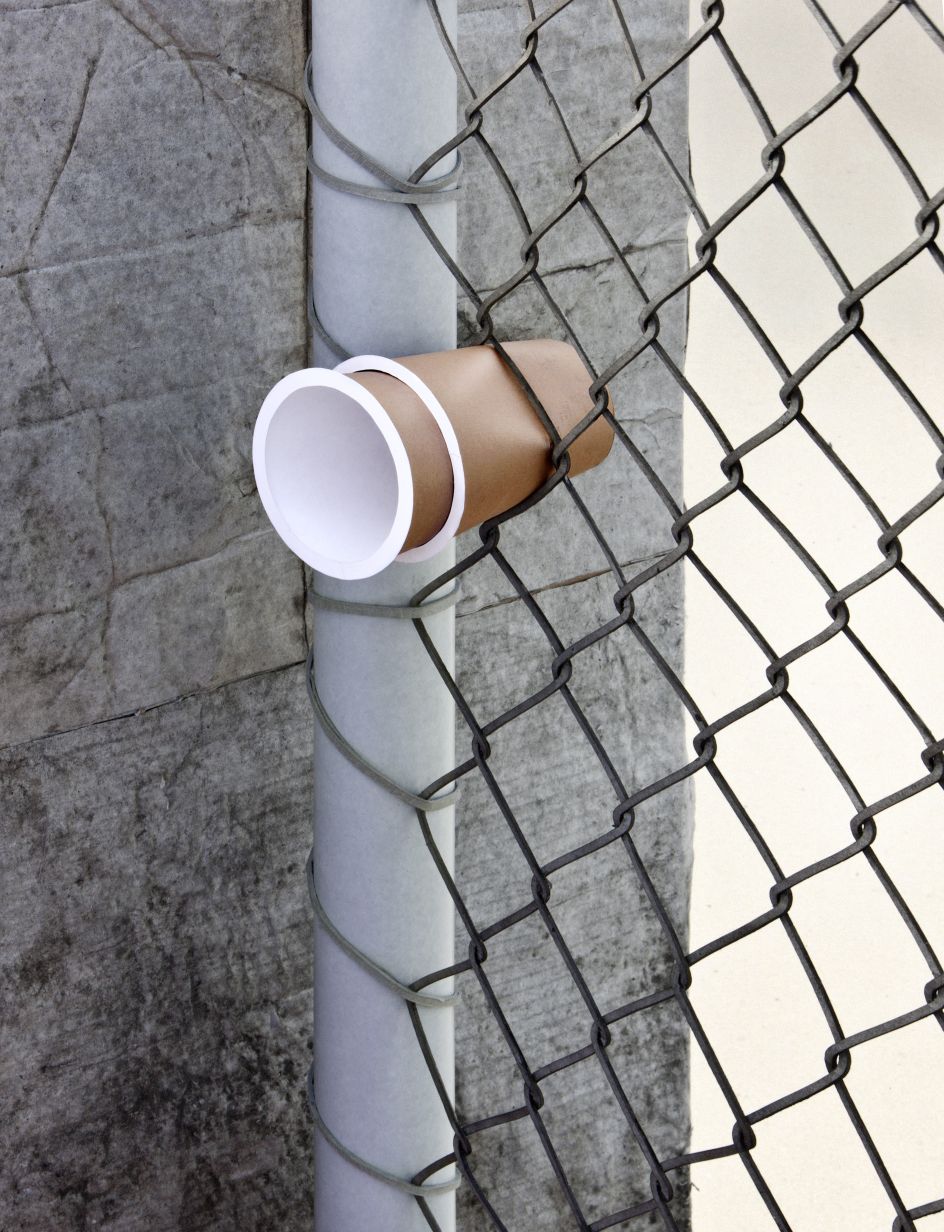
Thomas Demand, Daily #15, 2011. Centro Botín © Thomas Demand, VG Bild-Kunst, Bonn / VEGAP, Madrid
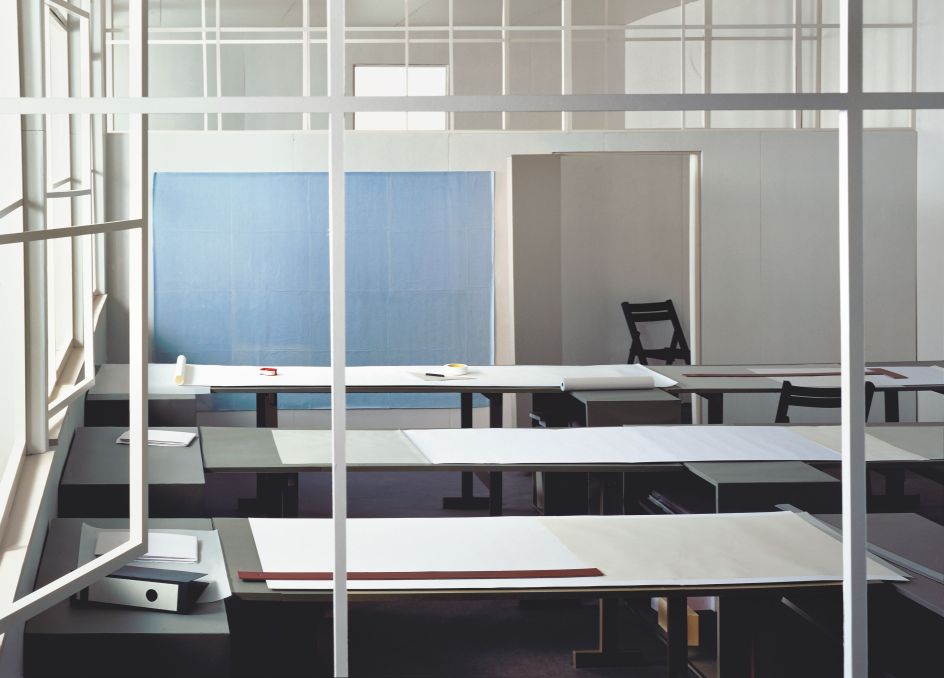
Thomas Demand, Zeichensaal, Drafting Room, 1996. Centro Botín © Thomas Demand, VG Bild-Kunst, Bonn / VEGAP, Madrid
Perhaps Demand has a thing for cruise ships: his more recent piece depicting the Diamond Princess boat acts as a "monument to isolation and separation," he says. "It's exactly the opposite of what a cruise ship is meant to be: a bastion of freedom, a space in which people have to do nothing but relax."
His subjects range from the significant (global, political moments) to the personal. One particular piece references Trump's falsification of business files: as Demand puts it, the former president was using paper to "give weight" to fake details.
As with the Monet piece, throughout this show, there are various other knowing winks toward art history. The 2014 piece Atelier reimagines Matisse's late-career paper cut studio, perhaps another little nod to Demand's own process in its depiction of coloured card offcuts.
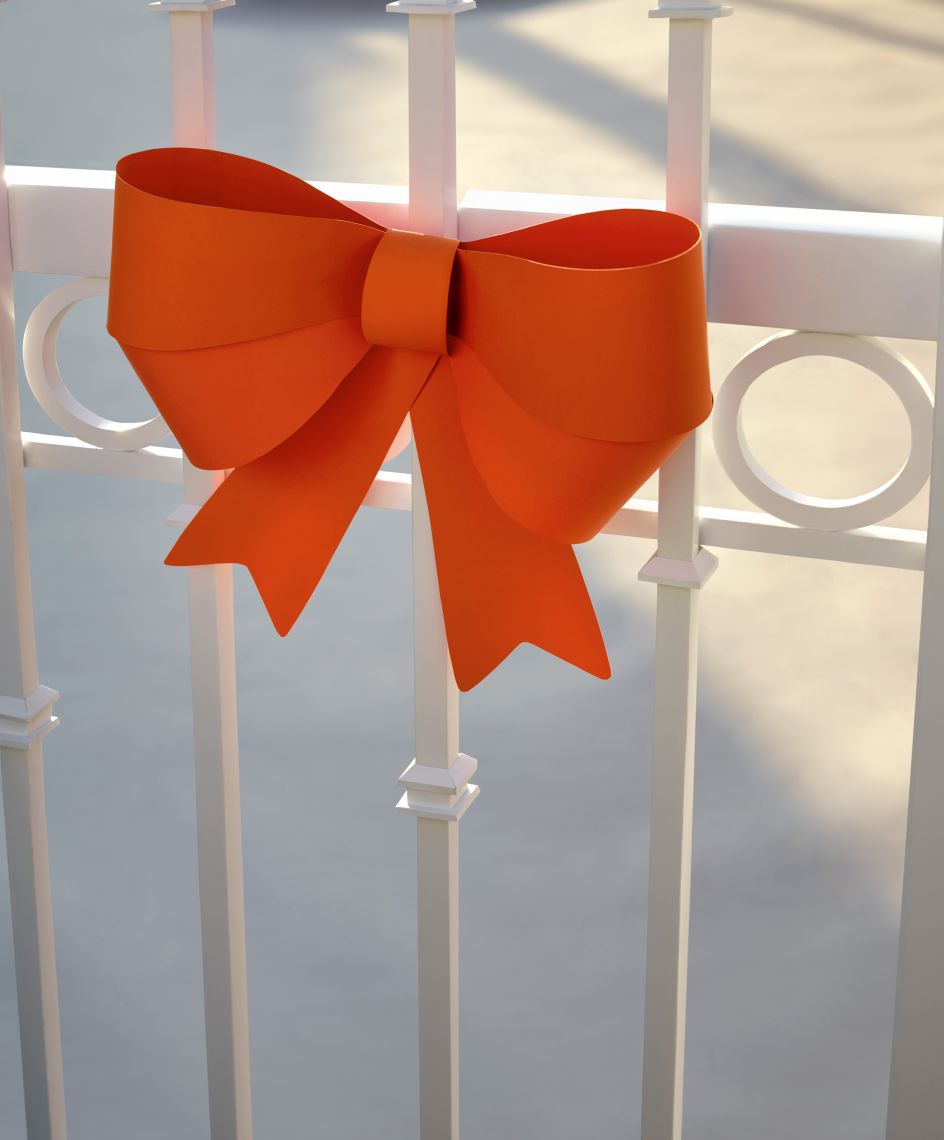
Thomas Demand, Daily #32, 2017. Centro Botín © Thomas Demand, VG Bild-Kunst, Bonn / VEGAP, Madrid
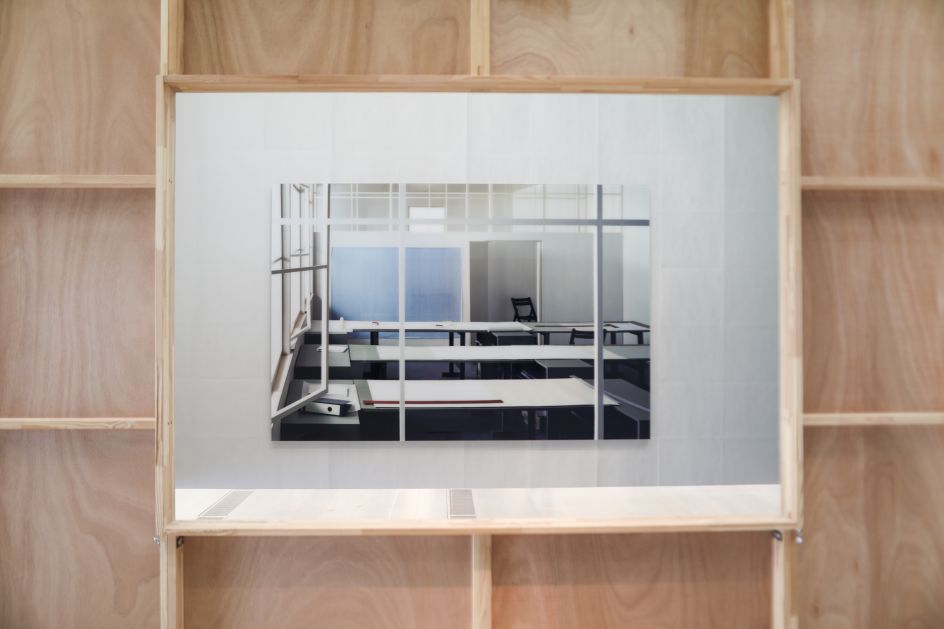
Thomas Demand: Mundo de Papel. Centro Botín, Installation view. Photo: Belen de Benito
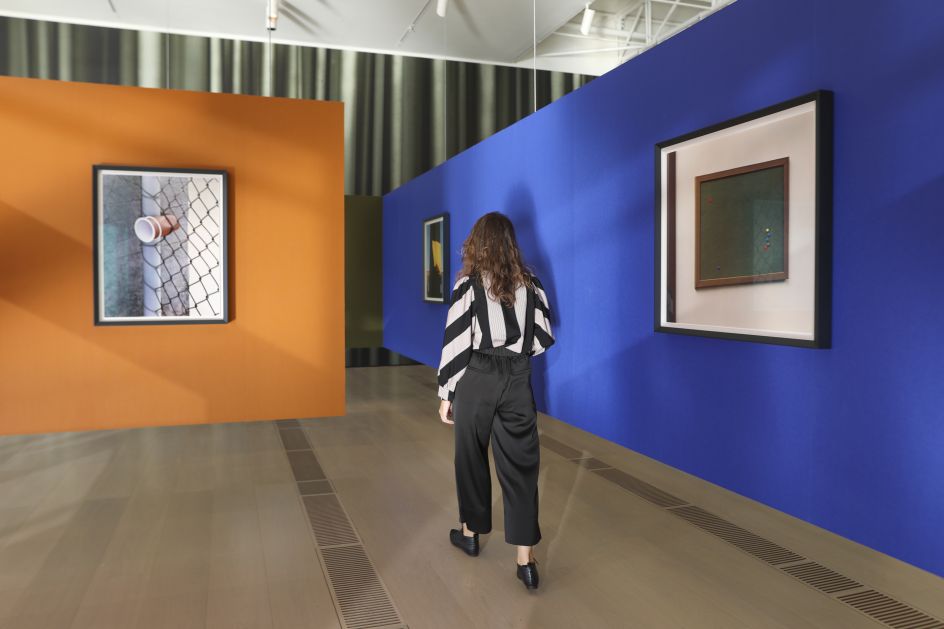
Thomas Demand: Mundo de Papel. Centro Botín, Installation view. Photo: Belen de Benito
Vault (2012), meanwhile, is based on the story of 75-year-old billionaire Guy Wildenstein, president of one of the most prestigious art dealerships in the world. In 2011, police seized 30 paintings and sculptures that had been reported missing from a secret vault of the Wildenstein Institute in Paris. Demand's image is based on the police photograph of the story where the artworks were found.
According to Demand, each of his works represents "events that are significant to me." Some are objectively significant, some less so, such as the image of a small bus stop, seemingly at dusk, and apparently the site where the band Tokyo Hotel formed. "A hotel in Tokyo was the most exotic thing they could think of in Eastern Germany," Demand explains. As such, the bus stop "represents a dream – of Tokyo, hotels, love and everything else. "When you take the figures out, you just see the theatre of where it took place."
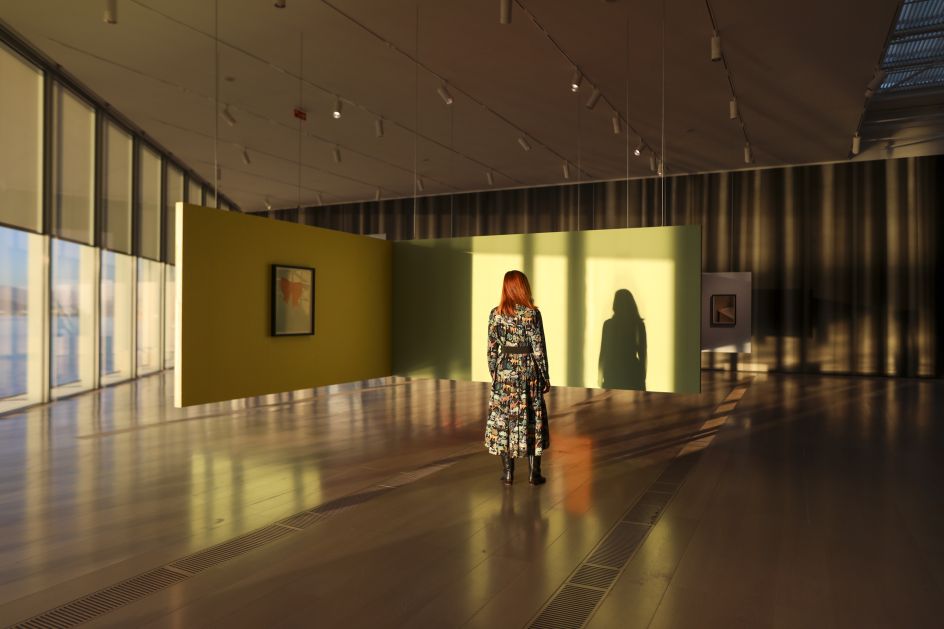
Thomas Demand: Mundo de Papel. Centro Botín, Installation view. Photo: Belen de Benito
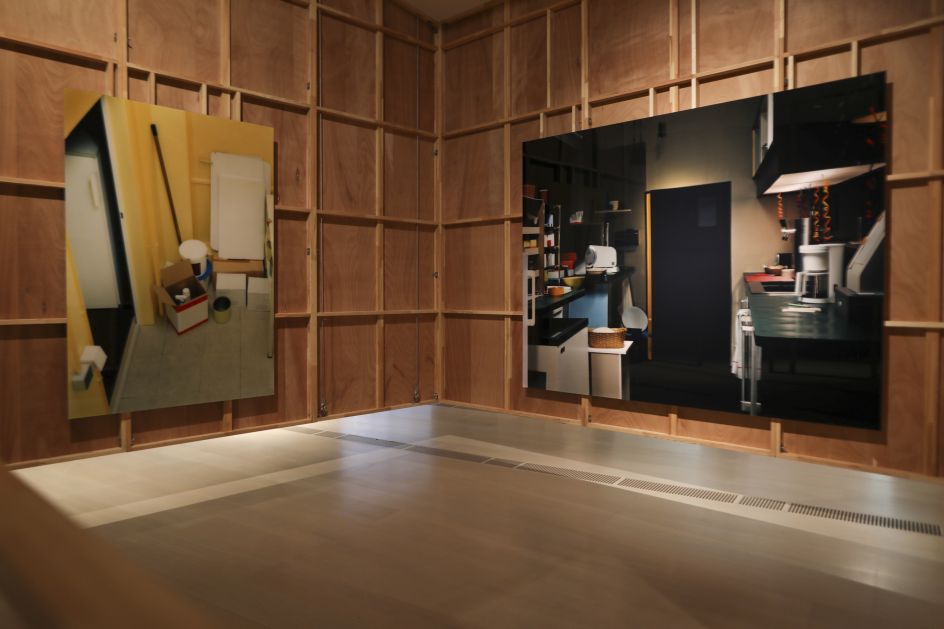
Thomas Demand: Mundo de Papel. Centro Botín, Installation view. Photo: Belen de Benito
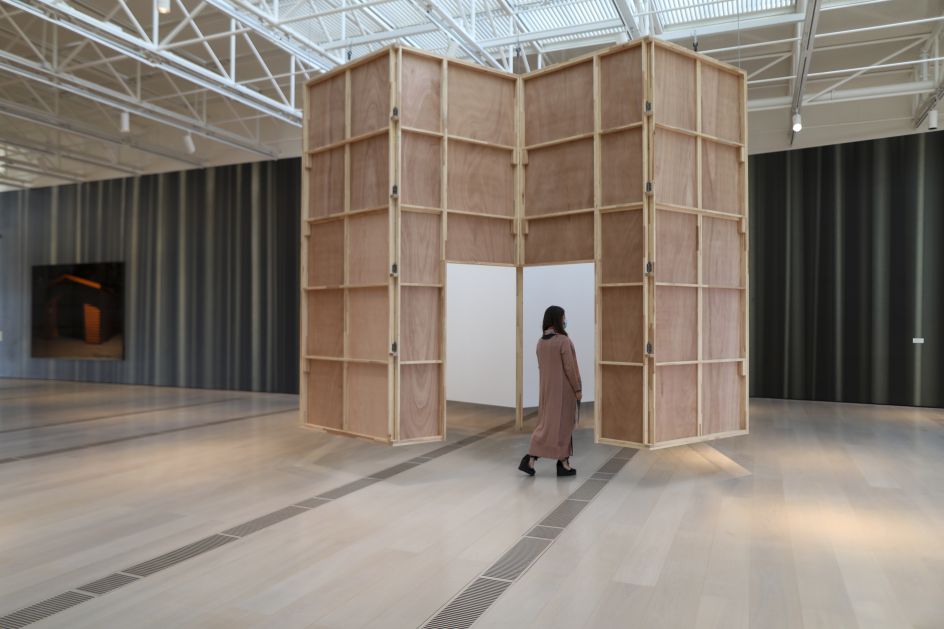
Thomas Demand: Mundo de Papel. Centro Botín, Installation view. Photo: Belen de Benito
The Santander exhibition has a section devoted to smaller works. "Sometimes I don't want to write a book; I want to write a poem or create a visual haiku," says Demand. These pieces are far less complex, yet no less beautiful, and were each created in around one week (his other works, by comparison, each take around 40 hours). They reflect a very different kind of photography to his other works, that of the instantaneous, easily accessible smartphone camera. They're quotidian, making the surreal of the everyday through shots of things like a cup trapped in a fence or a heavily used ashtray.
"I wanted to swim in that ocean," he says of social media's appropriation of the medium of photography. These are "short-term memories," as opposed to the weightier documentation of "traditional" photography.
Demand's people-less works are about an aura, a sense of a story captured in a space. As viewers, we construct the before and after and take on the role of the human subject. We're placed at that moment but remain very much outside of it: the many layers of construction and destruction inherent to his art keep us at a distance.
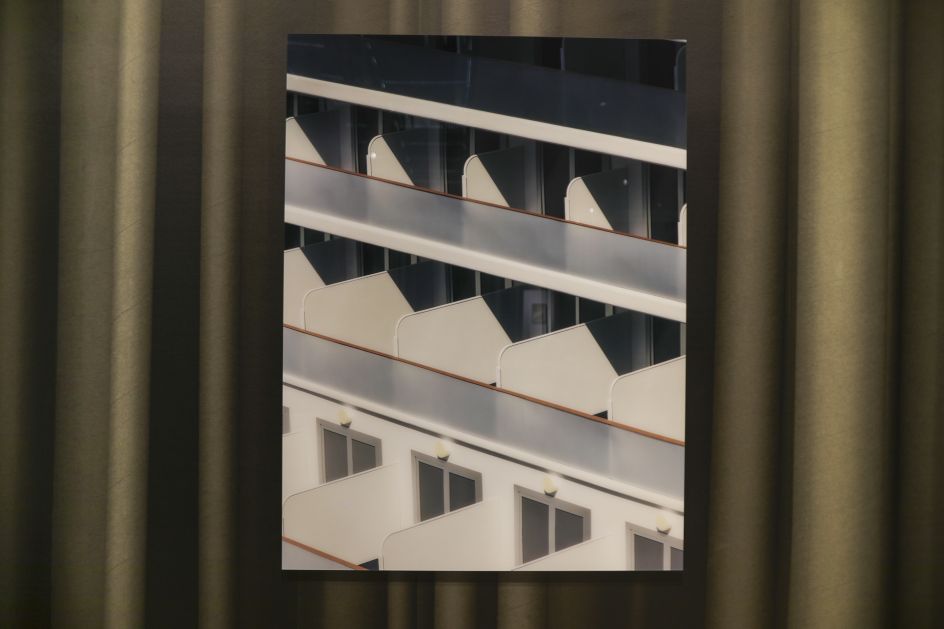
Thomas Demand: Mundo de Papel. Centro Botín, Installation view. Photo: Belen de Benito

 for Creative Boom](https://www.creativeboom.com/upload/articles/06/063686a9a3b095b9b1f0e95df917ed4bd342be1b_732.jpg)



 using <a href="https://www.ohnotype.co/fonts/obviously" target="_blank">Obviously</a> by Oh No Type Co., Art Director, Brand & Creative—Spotify](https://www.creativeboom.com/upload/articles/6e/6ed31eddc26fa563f213fc76d6993dab9231ffe4_732.jpg)
 by Tüpokompanii](https://www.creativeboom.com/upload/articles/58/58684538770fb5b428dc1882f7a732f153500153_732.jpg)








